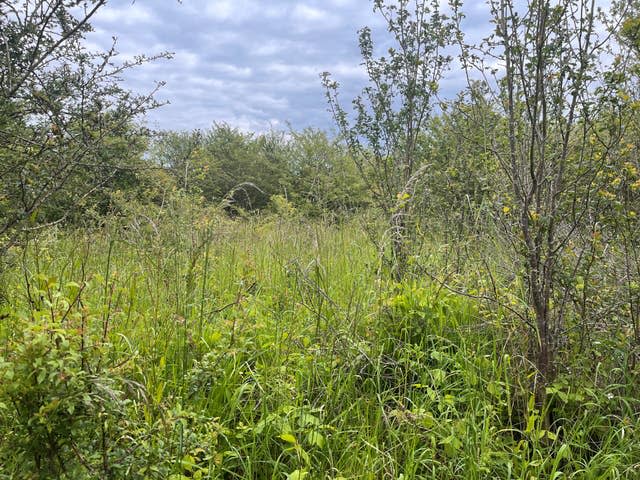Turtle dove hunting ban boosts western European population by 25%
Numbers of threatened turtle doves in western Europe increased by a quarter in just two years of a hunting moratorium, conservationists said.
The birds, which migrate from Africa each year to breed in European countries including the UK in the summer, saw numbers increase by 25% – an additional 400,000 breeding pairs – from 2021 to 2023.
Conservationists welcomed the “exciting” news, in a report to the European Commission which has led France, Spain and Portugal to confirm a fourth year of the pause in hunting turtle doves.
It provides hope that efforts in the UK to provide vital habitat for the birds, who symbolise love and whose purring call was once common in the British countryside, will help the red-listed species increase its numbers here again, they said.
The UK’s turtle dove population has to migrate through France, Spain and Portugal on its way to its breeding sites here, on the northern edge of its range.
The birds also need good breeding season habitats, a key issue for the UK where changes to the way land was farmed in the 20th century deprived them of much of their seed food, but where work is being undertaken to provide them with the habitats they need.
The report comes from an international team of scientists, including from the RSPB, advising governments on how to manage their populations of turtle doves sustainably, and whose advice led to the temporary hunting ban across France, Spain and Portugal since 2021.
Hunting turtle doves has taken place for many years, and prior to 2018 an “unsustainable” one million turtle doves were being hunted each autumn in those three countries alone, the RSPB said.
The recent and rapid recovery across the whole of western Europe in the wake of the hunting ban now means there are nearly two million breeding territories overall, experts said.
The “recovery wave” is expected to take slightly longer to reach the northern edge of the turtle dove’s range in the UK, according to the RSPB, but “now is the time to double-down” on efforts to create the habitats they need when they arrive after their 3,000-mile journey from Africa.

As part of “Operation Turtle Dove”, conservation groups are working with farmers and landowners are providing key habitats including seed-rich flowering areas, ponds, patches of thorny scrub and tall, wide hedgerows to support the birds.
Rick Bayne, senior project manager for Operation Turtle Dove, said: “The recent increase in turtle dove numbers across western Europe as a whole is really exciting news, making our conservation efforts here in the UK for these birds all the more worthwhile.
“We are going to have a fourth year of no hunting in France, Spain and Portugal; the same countries through which all turtle doves breeding in western Europe – included all that breed in the UK – migrate.
“This means that now is the time to really double-down on our efforts and make sure we provide even more nesting and feeding habitat in the UK so that more and more of us can enjoy the summer purring call of this wonderful bird.”
Guy Anderson, migratory birds programme manager from the RSPB, added: “The start of a turtle dove recovery at continental scale is certainly something to be celebrated.
“The continued fantastic work of our nature-friendly farmers, land managers and communities will be crucial in order to ensure the right habitat is available to these special birds when they migrate here to breed.”
He urged UK governments to support farmers through agri-environment schemes to deliver for wildlife such as turtle doves, as well as on climate change and food security.


